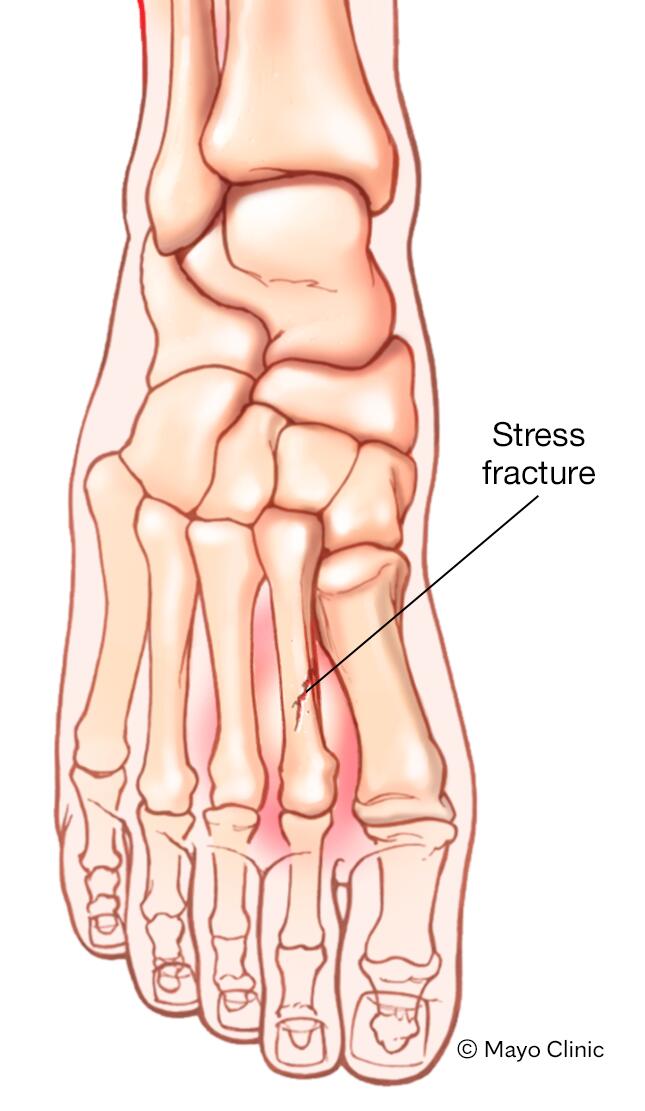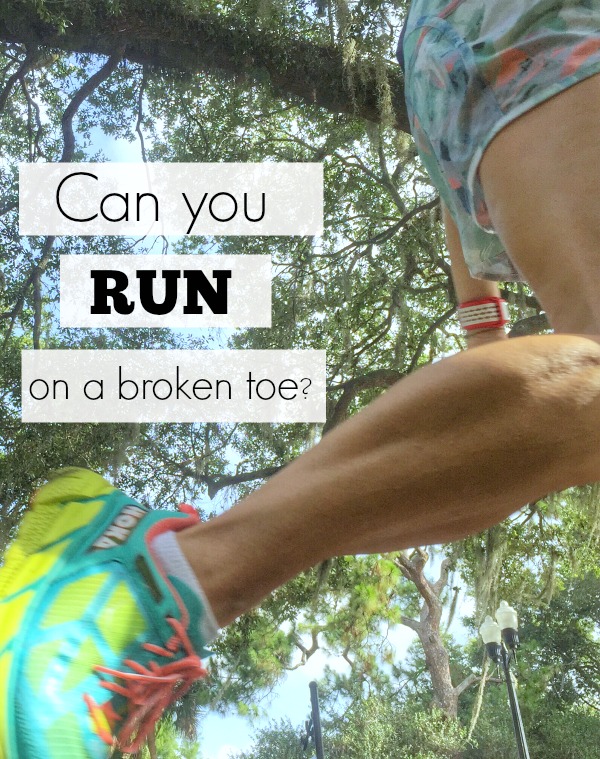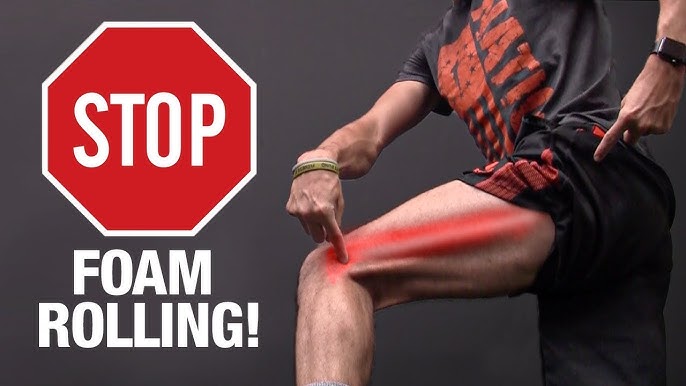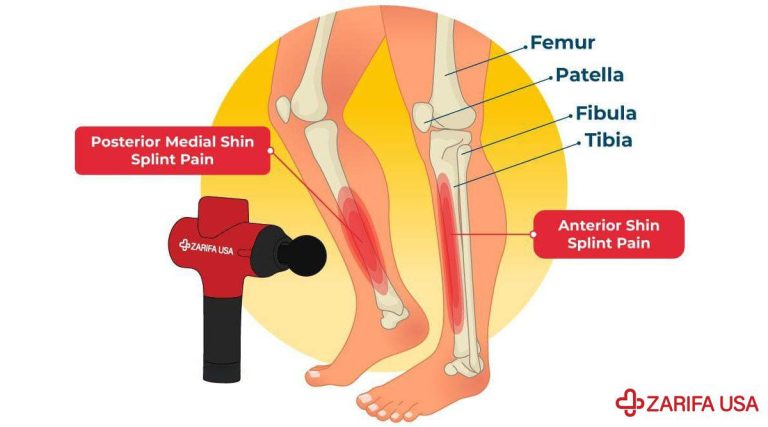What are the Symptoms of a Stress Fracture? | Key Signs & Solutions
Stress fractures are tiny cracks in bones. They often result from overuse or repetitive force.
If you’ve been experiencing pain, swelling, or tenderness in a specific area, you might be wondering if it’s a stress fracture. These injuries are common among athletes, but anyone can get them. They often occur in weight-bearing bones, like those in the foot or lower leg.
Understanding the symptoms can help you seek treatment early, preventing further damage. Identifying a stress fracture early is crucial. This blog will explore the common symptoms and provide insights to help you recognize if you might have a stress fracture. Stay tuned to learn more about how to spot this injury and take care of your bones.
Introduction To Stress Fractures
Stress fractures are tiny cracks in bones. These happen from overuse. Common in athletes and soldiers. Pain gets worse with activity. Rest helps it feel better. Swelling may also occur.
Early detection is very important. It prevents more damage. Ignoring symptoms can lead to serious issues. Resting early helps heal faster. Doctors can help with diagnosis.
Common Symptoms
Stress fractures often cause pain. The pain gets worse with activity. Rest may ease the pain. Touching the area feels tender. The pain is usually in one spot.
The injured area can swell. The skin may look red. It can feel warm. Swelling may increase after activity. Resting can reduce the swelling.
Specific Signs
A stress fracture often causes sharp pain in a specific area. The pain usually gets worse with activity. It may feel better with rest. Sometimes, you can feel tenderness when you touch the spot. Swelling might also occur around the painful area.
Pain increases during physical activities like walking or running. The pain might start as a dull ache. Over time, it can become more intense. Stopping the activity might reduce the pain. But it may return when you start moving again. This pattern is common with stress fractures.
Risk Factors
Engaging in high-impact activities can increase stress on bones. Activities like running, jumping, or dancing can cause stress fractures. Repeated stress without enough rest weakens the bone. Over time, this leads to tiny cracks. Proper rest is crucial.
Having weak bones puts you at risk. Conditions like osteoporosis make bones fragile. Lack of calcium can also weaken bones. Regular exercise strengthens bones. A balanced diet is important for bone health.
Diagnosis Techniques
Doctors often start with a physical examination. They check the injured area for tenderness. Pressing on the bone may cause pain. This helps locate the fracture. Sometimes the injured area may also be swollen or red. These signs help in identifying a stress fracture.
Imaging tests are used to confirm a stress fracture. X-rays are often the first step. They show the bone structure. But small fractures might not appear on X-rays. In such cases, a bone scan or MRI is used. These tests provide more details. They show the exact location and extent of the fracture. MRIs are especially good for early detection.

Credit: newcastlesportsmedicine.com.au
Treatment Options
Rest is key. Avoid putting weight on the injured area. Use crutches or a brace. This helps the bone heal. Resting may take several weeks. Sometimes, it takes longer. Patience is important.
A doctor might suggest a cast or splint. These keep the bone still. Sometimes, physical therapy helps. Strengthening exercises are useful. They improve healing. Pain relief medicines can reduce discomfort. In rare cases, surgery is necessary. This happens if the fracture is severe.
Prevention Strategies
Stress fractures often cause pain that worsens with activity and eases with rest. Swelling and tenderness might also occur. Reducing physical stress can help prevent these injuries.
Proper Footwear
Wearing the right shoes is crucial. Choose footwear with good support. Avoid worn-out shoes. Replace them every few months. Shoes should fit well. Not too tight. Not too loose.
Gradual Training
Increase exercise slowly. Sudden changes can harm bones. Start with low intensity. Gradually increase the effort. Listen to your body. Rest if you feel pain. Rest days are important. They help the body recover.
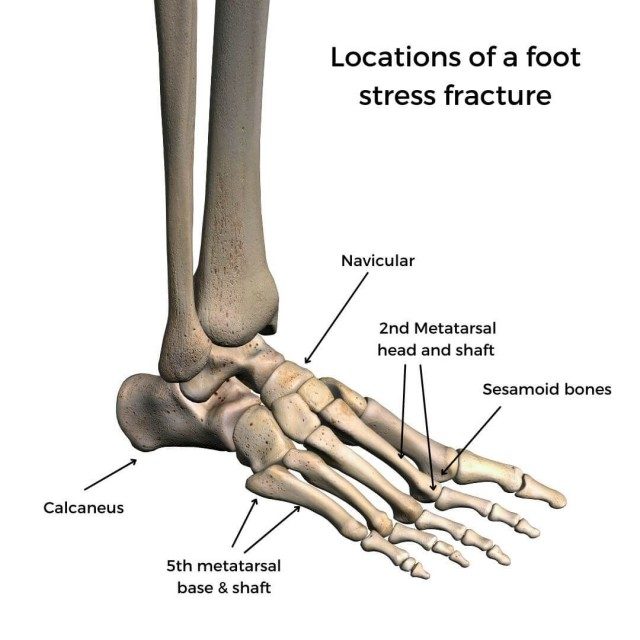
Credit: www.thefeetpeople.com.au
When To See A Doctor
Experiencing pain that does not go away is a concern. This pain might get worse with activity. Even rest might not provide relief. It’s crucial to take this seriously.
If you find it hard to stand or walk, it could be a stress fracture. Struggling to bear weight on the affected area is a clear sign. Seek medical advice if this happens.
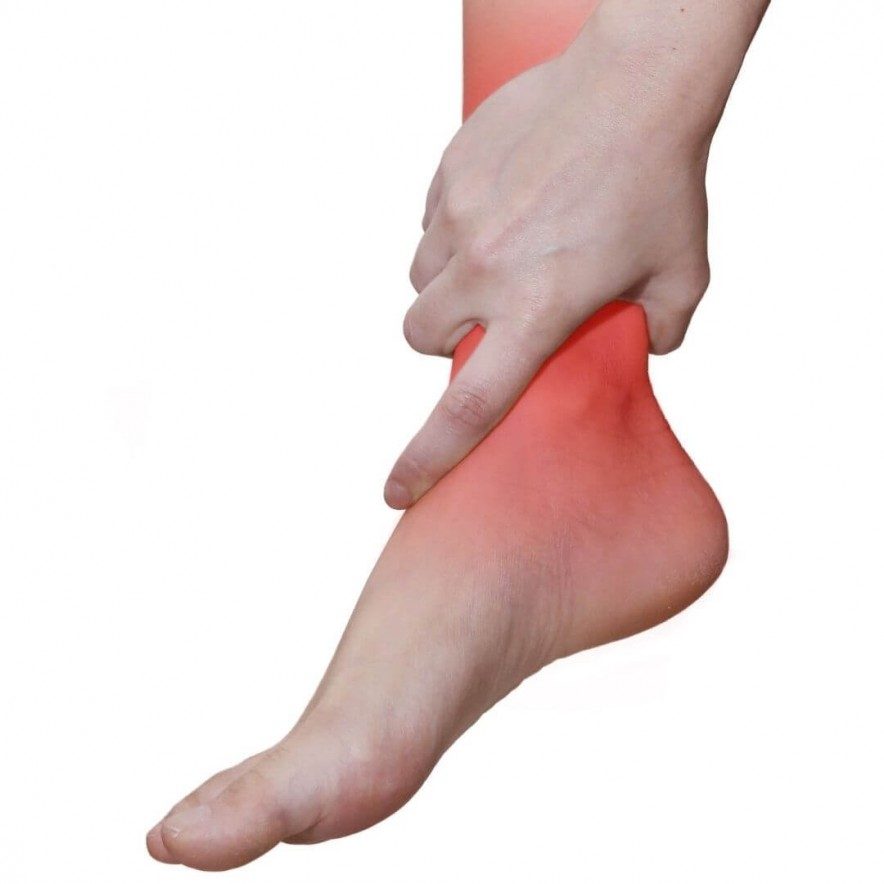
Credit: www.thefeetpeople.com.au
Conclusion
Identifying stress fracture symptoms early is vital. Pain, swelling, and tenderness are key signs. Consult a doctor if you notice these symptoms. Rest is crucial for healing. Avoid putting stress on the affected area. Follow your doctor’s advice for a quick recovery.
Stay informed and take care of your bones. Remember, early detection helps prevent complications. Stay healthy and active.

